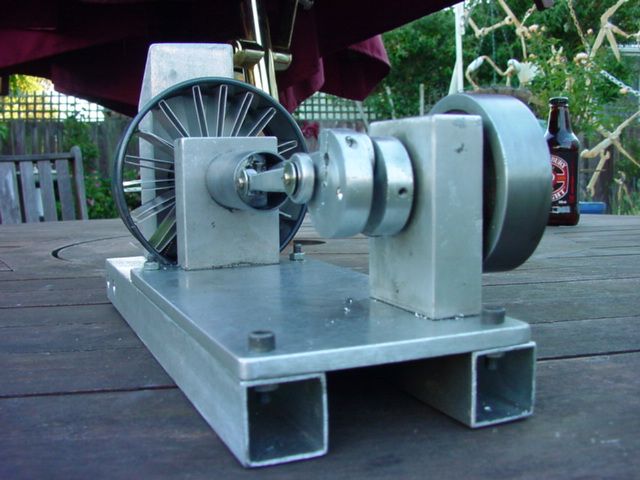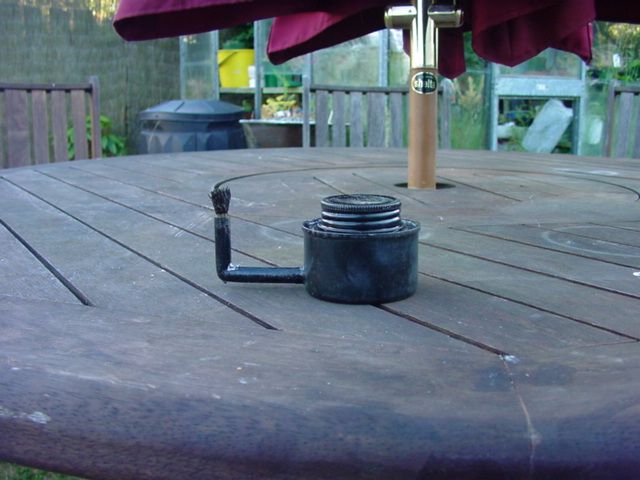Thanks Mark, I’ve gone through all the ones available on ebay and ruled them out. The one you pointed out in particular, you’d be happy presenting something that looked like that??? The thing was cheap and nasty and had a piece of plastic for a “flywheel”.
The second link I hadn’t seen before, but from what I can understand all the pieces are pre-machined so not at all what I was asking about. They were quite expensive too.
Again, the prerequisites I’m looking for are: it should look like an engine, not a scientific experiment; actually function; look like a beautiful piece of art/trophy that you would present to somebody as an honour; be machined (at least partially) by myself; be metric (preferably).
If nothing comes up I may revisit some of the ebay offerings and see if I could use them as a basis for the core engine but modify some of the ancillary components to make them visually more appealing. I’m trying to avoid having to spend ages chasing after miniscule quantities of stock and supplies that I might not normally have/use, hence the attraction of a kit.
Pete
PS It doesn’t even have to be a Stirling engine, I just thought that would be the easiest option. Any other very simple engine design would be fine too.
Edited By Peter Fleming 1 on 25/12/2009 21:54:34
SillyOldDuffer.









  
 

